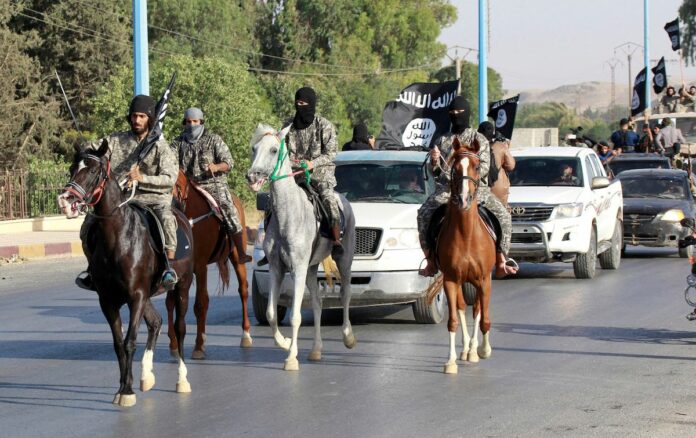Shaheen Fawzy- Researcher specializing in counter-terrorism affairs
This paper attempts to prepare an analytical tool to assess the nature of the threats that ISIS is trying to impose inside Iraqi territory, especially after the alarming increase in its operational activities and levels recently. The increase in these activities indicates a kind of vigilance, which means the growth of the level of planning, and this directly entails the escalation of the activity of military operations. The high flexibility in the movement with which ISIS has recently appeared in some sectors of its operations in Iraq may enable it to build a vital “area” through which it secures the necessary coverage for its military and logistical supply center; The pressure exerted by ISIS on our forces on the ground from October 2021 until January 2022 confirms that it has gained strength again, and at a time when we believe that its whims for field control have become unattainable, we affirm at the same time that securing a vital area is a cause for concern.
Given the diversity of the ever-changing security threats that ISIS is trying to impose and the complexity of the volume of information, we believe that developing the capabilities of data and information analysis is essential that contributes to more effective future measures to disrupt ISIS’s field activity and promote a better position suitable for forces on the ground.
This paper adopts inductive reasoning as a method and basic reference by analyzing the data to reach conclusions and possible predictions by analyzing the patterns and levels of activities and the similar relationships between them; The process of analysis based on inductive reasoning can predict the future field behavior of attacks and determine their nature, which reveals the similarities between them and the plans of military sectors and central strategic plans in general. This tool bases its analysis primarily on the official data and documents of ISIS itself. It is possible to test the effectiveness of this tool in data analysis by extracting potential effective results that can be judged during the experiment.
– Given the continuous growth of terrorism, the development of analysis tools is a real challenge like any security or military challenge, so a clear understanding of terrorist threats is a key and sensitive part of combating violent threats effectively.
We first collected and analyzed data related to field operational activity from “October 2021 to January 2022” examining trends related to it; In collecting data, this paper relied on the official documents of ISIS “Al-Naba newspaper” issued weekly. This paper covered the activity of ISIS from the number “299” to “314”, where the measures of the attack were divided into samples that determine the most effective types of attacks “raids and clashes” on the least effective measures taken by the enemy “targets with explosive devices and missiles” and “kidnapping or sabotage”. This data analysis methodology considers the broader strategic context in which the operations have occurred. Where we divided the so-called “Iraq Wilayat” into three circles, the first “high-level risks”, the second “with active medium-level and varying risks”, and the third “low-impact risks”
The first circle: Kirkuk – Diyala sectors.
The second circle: Anbar, North Baghdad, and Tigris sectors
The third circle: Nineveh – South sectors.
The first circle: included the sectors of Kirkuk and Diyala, which are considered the most dangerous among the sectors in which ISIS strengthened its spread in Iraq. The reason is due to the nature of the tasks assigned to these two sectors, which can be referred to in some form in this paper rather than in detail.
During the detailed Inductive reasoning we conducted for the activity of the Kirkuk and Diyala sectors for three and a half months between 2021-2022; We noticed that the nature of the attacks launched by ISIS fighters in that sector is a “preemptive offensive”, where the “raids” against the fixed barracks and the “clashes” against the foot forces constituted the highest percentage of the total general activity – intending to cause mass casualties and massive damage to the forces deployed within the sector – and was followed by “indirect” targeting, represented by attacks via IEDs and mortars, in a lesser proportion, followed by the burning of farms and the destruction of private property in a less concentrated manner. Where the “raids” in the Kirkuk sector during the above-mentioned period of the total activity of ISIS, in general, reached 85%. While the “clashes” occupied 90% of the total activity of ISIS operations compared to the rest of the other percentages of activities. The Diyala sector came after the Kirkuk sector – and this may be attributed to the diverse physical and human terrain and the unique sectarian dynamics that gave this sector a somewhat independent and self-sufficient character distinct from the areas of insurgency operations – when it came to the fore with “raids” against the barracks of the forces by 30% and “clashes” by 20%.











